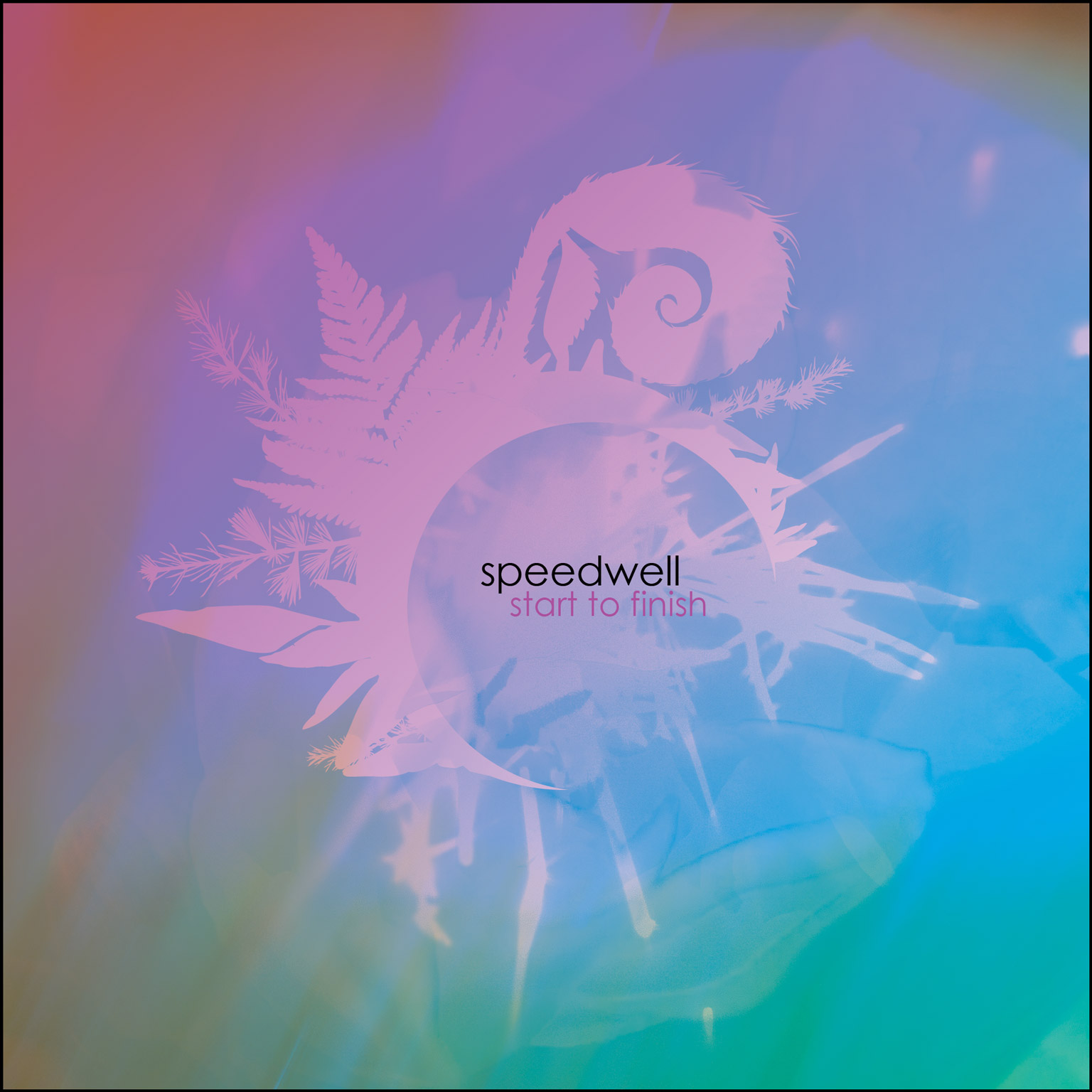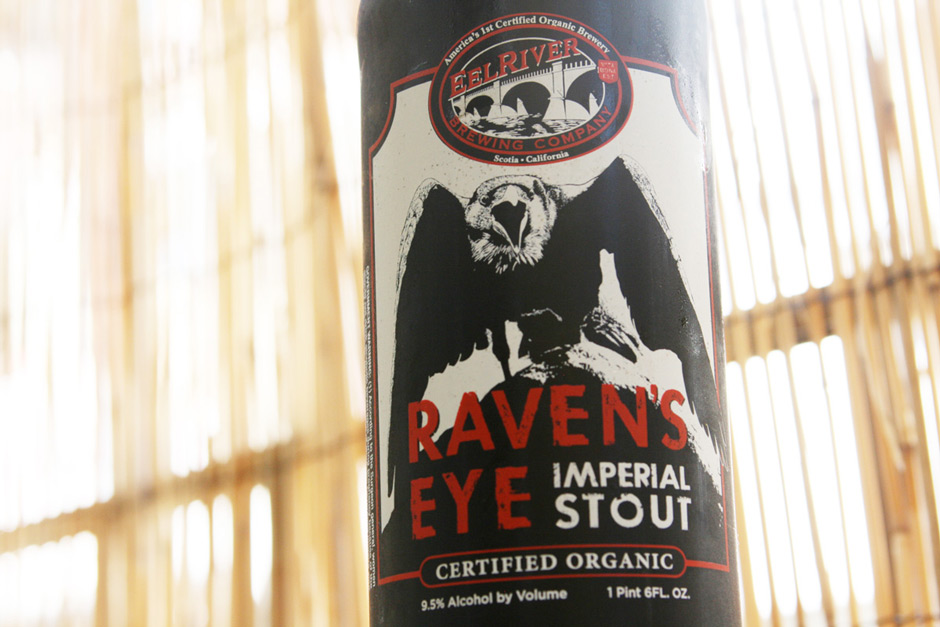A few weeks back, we were sent an advance album from a New-York-City-based musician who created almost all of his melodic and many rhythmic sounds on his new album using a banjo. Needless to say, we were intrigued. We expected something interesting; what we didn’t expect was one of our favorite albums of the new year. Regardless, that’s exactly what Mike Savino—performing under the moniker, Tall Tall Trees—gave us. The full-length traverses epic soundscapes, moving from swelling, orchestral moments to quiet, contemplative ones that make you feel that you’re standing in the middle of a hushed forest (appropriately enough). And all the while, you’d never know that most of what you’re hearing is a banjo.
In anticipation of the release of his new album, Freedays, next week, we took the opportunity to speak with Savino about how he made the record, what inspired it, and what it’s like to write music on a massive abandoned resort in the mountains of Georgia. Below, the introductory track from the album and our conversation.
raven + crow: First off, thanks for taking the time to talk—we really dig the album. I know you’ve released two other records under the Tall Tall Trees moniker, but this is much more a solo record for you than they previous two, right?
Mike Savino: Yes, Freedays is the first full-length that I approached as a solo project. The first two TTT records we’re made in a collaborative band setting but, for this one, I produced it and played most of the instruments myself. I later got Philip Mayer and Claude Coleman Jr. to add drum set and Kishi Bashi to add some magic to a few tracks.
I thought I heard Kishi—or at least Kishi-influenced moments—there. We’re big fans. I haven’t seen the liner notes or anything on the album—is he on there a good bit?
Only on a few tracks if I remember correctly, be he definitely helped me shape and refine what I was going for.
That’s great. So, how else does the album differ in your mind, besides being your first solo endeavor?
This is the first record in which I used a set palette of sounds to create an entire album. It is purely my style without the dilution of collaboration which, for me, makes it a very vulnerable record. There was no one there to question me or lead me in a different direction or say that’s crazy or stupid. I went through a lot of soul-searching and convincing myself that it was okay to just say how I feel or what I’m thinking about very plainly in song.
I heard you wrote at least part of it while acting as the sole caretaker at an abandoned resort in the mountains of Georgia? Is that right?
That is correct. I spent eight months living at a place called The Bird’s Nest, nestled on the edge of the Chattahoochie National Forest. The owners spend most of the year teaching Biodynamic Agriculture abroad, so I was offered the opportunity to live there, take care of their dogs, and mail packages for them. It’s an enormous house that just happened to have a 1500sq foot wood paneled meditation room with vaulted ceilings overlooking a mountain and small pond. It turned out to be perfect for recording. The owner’s first husband was Christopher Bird, the author of—The Secret Life of Plants—who spent his final years there. There were seven libraries filled with incredible books including his lifework. The house sat on 15 acres, so there were only a handful of neighbors and they were too far away to hear my late night experiments, which allowed me to work any time I wanted.
That sounds amazing. How’d that all come about?
The house is owned by a good friend’s mother. He grew up and was home-schooled there before they had electricity. He knew I was looking for a special place to record my album and offered me the caretaker gig. I packed my car and drove fourteen hours to get there after seeing only one picture of the house.
Sounds like tit was well worth it. What it very Shining-esque? Tell me you didn’t chase anyone through hedge maze.
It kinda was, excepting I was completely alone and had no one to murder. The house, when it was built in the seventies, had eight sides with a stone fireplace in the center to heat it. Over the years, they built on to it many times giving it a maze-like quality. It was very easy to get lost in there and, needless to say, I did.
Is the Georgia connection how you know Kishi Bashi?
Kishi Bashi and I are old friends from New York City. We met there in 2003 when we we’re both cutting our teeth in the jazz and improvisational music scene. I had a group that was playing Brazilian music inspired by Hermeto Pascoal and a friend brought him to rehearsal and we clicked right away. We stayed in touch throughout the years and when his first album started to take off, he called and asked me to join him on the road. We share a sensibility and background that makes us natural collaborators and friends. He was vital in the making of Freedays as a co-producer because, when you are making music start to finish on your own, it’s hard to know when to step away from it. I would always send my tracks to him and he gave me a fresh perspective that I respect.
You guys are touring together a bit too, right? Will you be joining each other on songs at all?
We tour together all the time. We’ve played hundreds of shows all over the world, initially as a duo, and now the band has grown to five people. It’s been a wild ride.
I actually saw you’re playing the small town that hosts our alma mater, James Madison, in Harrisonburg, Virginia. That’s a pretty small town—do you have a connection there or is it just a random stop along the tour?
I’ve been there once before and had a really nice time. Sometimes you need to fill a date on a tour and there it was.
Yeah, it was a great place to spend four years. And it’s always had a surprisingly vibrant music scene. Any plans to come to the west coast at all? We’d love to see you play Los Angeles.
We’re working on that now. I’m hoping to get out to the west coast this summer or fall.
So, instrument-wise, is most of what we’re hearing on Freedays banjo in one form or another?
Yep. For this record, I tried to implement all the banjo experiments I’ve been utilizing on the road these past few years. Most of the songs are hinged on banjo drum loops I created on the spot and built from there. I’ve rigged my pedal board so I can play a note and treat it like an oscillator as you would on a synthesizer so it’s infinitely manipulatable. I also used this beautiful banjola that a generous Austrian fellow made for me, which is essentially a five string banjo with an acoustic guitar type body. That opened up some doors for me sonically. There is also some electric and double bass, ARP synthesizer, oboe, omnichord, and drum set. I think that’s pretty much the pallete I used.
Where does the attachment to the banjo come from? Have you played it long?
It was something I always messed with as a hobby. I was a committed bass player, went to school for jazz, and thought I would be a touring and recording musician supporting other artists, but it’s hard to predict your life, I guess. After school I pulled my banjo out of the closet and started writing songs after many years of playing instrumental music and people responded to it. I’ve always loved the sound of banjo though and became obsessed with bluegrass and Appalachian folk music, but it was always my inclination to do something different.
Can you break down what exactly’s been done to the banjo (in terms of filter or recording or alteration) on a particular track?
Well, there are so many things. The track “Backroads” (above) is mostly banjo, even the drums. There’s no drum set on that one. On “A Place to Call Your Own” the bass is really banjo. I’m probably using a POG on that one. Basically if I could use banjo to play an untraditional role in a song, I did. The song “The Riverbend” was basically an improvisation that I shaped into a song. There’s a lot of weird banjo on this record.
Man. Very cool. I know it’s a question you might get a lot, but what’s the story behind the name?
I was obsessed with Roger Miller for many years. I loved that he could write a song and make you laugh and the next one crush your heart. He encompassed the wide range of human emotion for me and that’s something I aspired to do from the start. I named the project after a song he and George Jones wrote, not particularly because I loved that song but I was looking for something naturalistic and fantastic to represent my music. Tall Tall Trees just spoke to me. Unfortunately that hokey Alan Jackson cover is the one most people know.
Oh, yeah, that version’s much better. Who did the album artwork? It’s right up our alley.
The photo was taken by my friend Paolo Corradeghini while I was on tour in Italy. I was very close to where many of my ancestors came from and was feeling very connected to the world. The artwork was done by my friend David Woodruff who worked with me to capture the essence of my time at the Bird’s Nest. The album also includes some photos I took while I was there. I’m glad you like it!
Yeah, love it. Well, thanks again for taking the time to talk and, again, honestly, thank you for this album—it’s an unexpected gift and we’re really into it.
Tall Tall Trees’ Freedays comes out next Friday, February 17th via Joyful Noise Recordings. You can check tour dates and more via TTT’s site and Facebook page.




